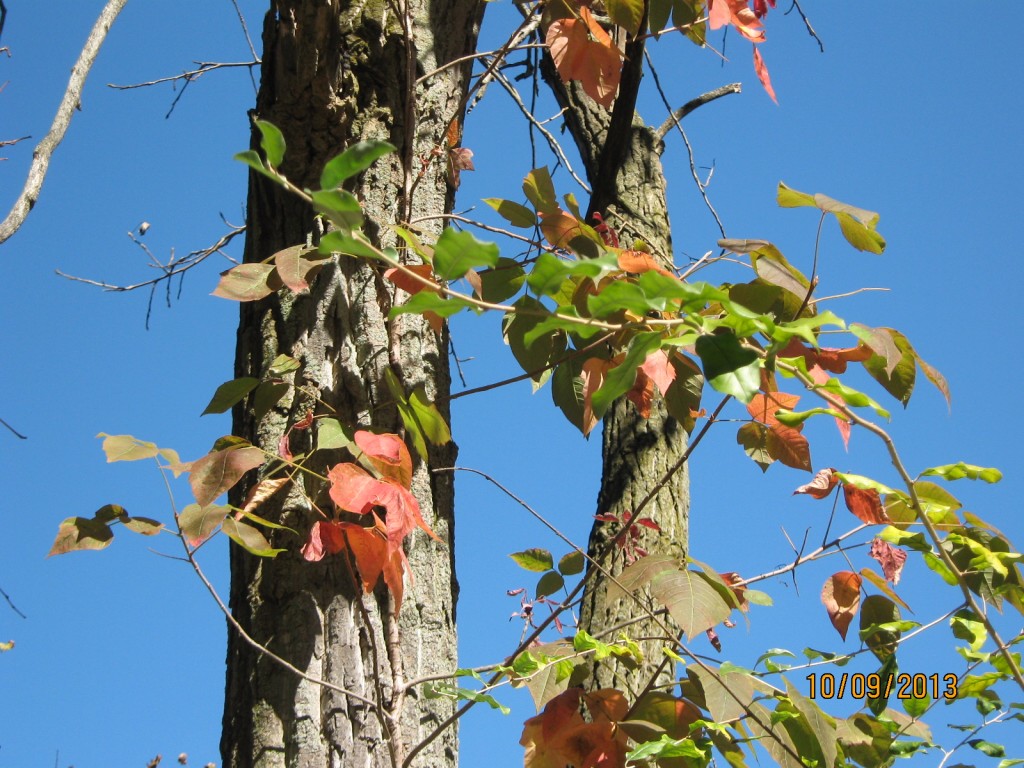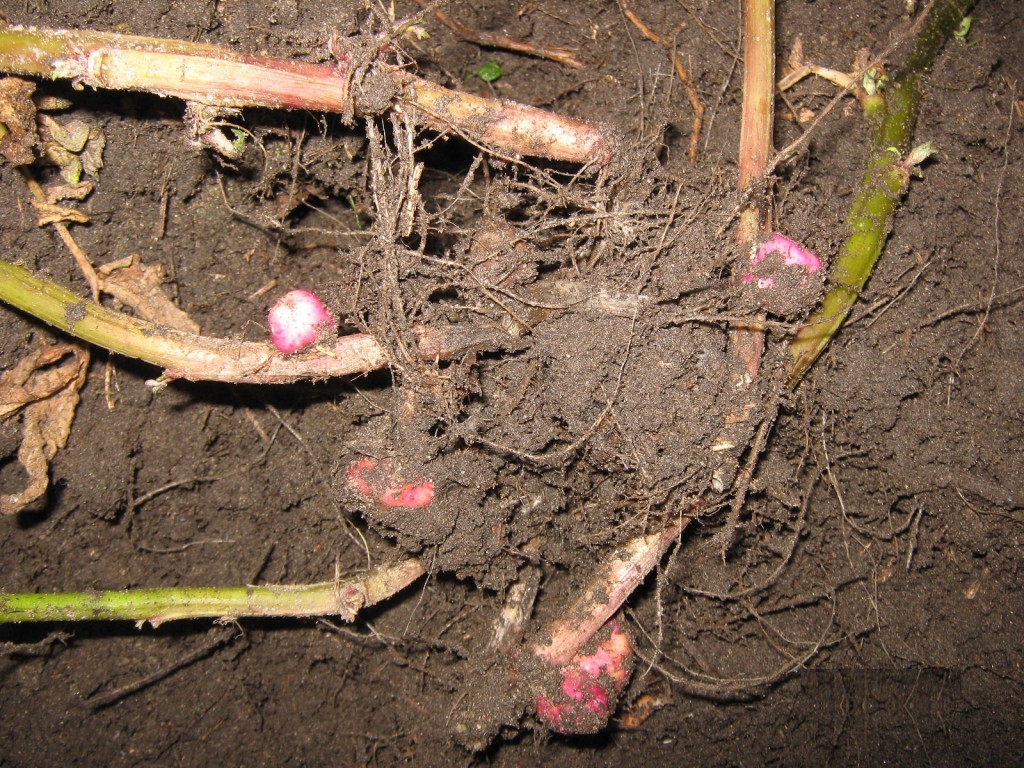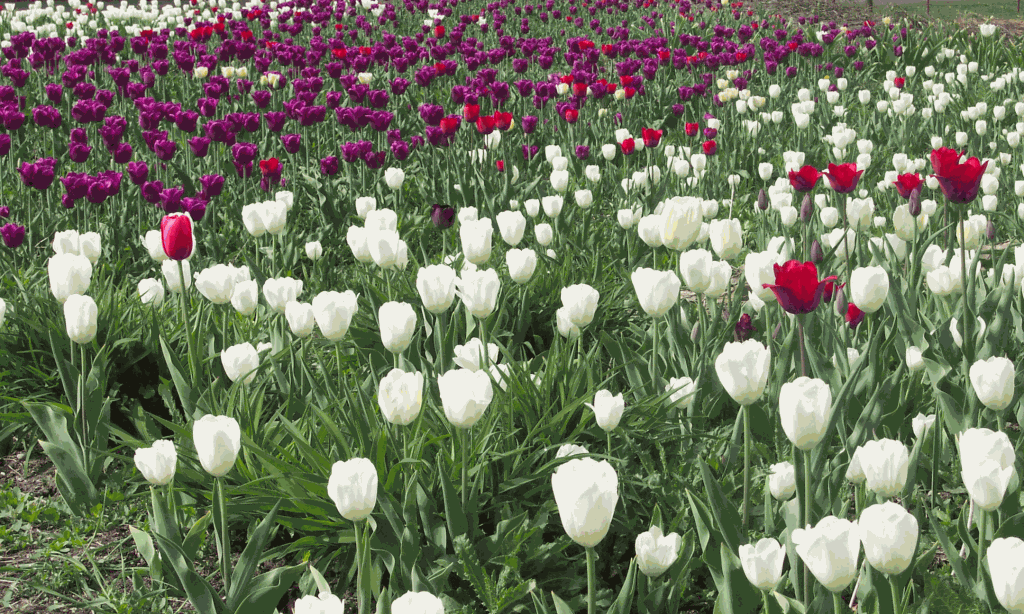Sometimes gardeners are given plants that others can’t use or take care of but they just can’t bare to throw out. That happened to me this past summer when someone gave me a four foot tall lemon tree. It was in mediocre condition, a little weak and run down and needed some extra attention.
I re-potted it and applied slow release fertilizer pellets. Once or twice a week it also got a dose of manure tea solution. It took me the rest of the summer to nurse it back to reasonable health. And it actually looked pretty good going into the fall.
I always like to keep my citrus trees out as long as possible in the fall. It seems like a bit of a chill tends to make them a little more hardy. I don’t worry about the trees if it gets down below freezing. They seem to do well even when it briefly dips into the upper twenties at night.
One evening this fall I got caught stretching the season out too much. The overnight temperatures were predicted to be around 28°F so I moved the trees to a sheltered area near the garage, tossed a light frost cloth over the top of them and let them stay out that night.
The actual temperatures were almost ten degrees colder than predicted. The oranges looked a little droopy from the cold but I was pretty sure they would pull through. I’ve seen them handle some pretty cold temperatures after a power outage. The new lemon tree however, lost nearly all of its leaves. A large percentage had already fallen off of the tree and were laying on the frosted ground — it did not look good at all.
That day I moved them all into a semi-heated area in my garage for storage. The temperature stays in the upper 40′s and the trees get a few hours of winter sunlight from south facing windows.
A couple of days after Christmas I noticed some tiny green pointed buds here and there on the lemon tree — it was still alive and wanting to grow leaves! A few days later, buds were emerging from branches all over the tree.
This week, the buds are still growing and developing into new leaves and twigs.
I’m fairly optimistic that the lemon tree will completely recover but it’s not out of the woods yet, we still have plenty of winter left before spring arrives.
Bob




